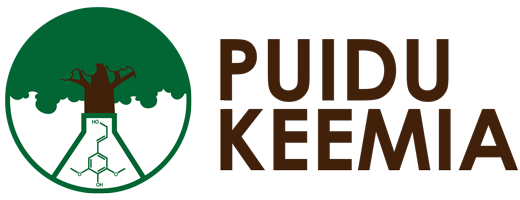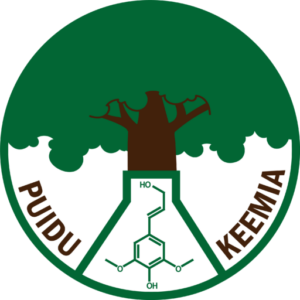Cellulose, as the most common polymer in the biosphere, has great potential to replace fossil-based plastics. Cellulose has several advantages: it does not compete with food, is carbon neutral, has good mechanical properties, is thermally stable and resistant to organic solvents. Some advantages are also disadvantages: good thermal stability (cellulose is not thermoplastic) does not allow the application of classic plastic industry technologies (e.g. extrusion). To be processed as a melt, cellulose must first be dissolved and then chemically modified into a thermoplastic form. The main purpose of the modification is to replace the hydroxyl groups of cellulose with other side groups that reduce the number of hydrogen bonds between macromolecules that prevent melting. This is the main research and development task of the working group working in cooperation between TTU polymers and textile technology and wood technology laboratories.
Novel opportunities for sustainable cellulose beneficiation are being sought by applying new, recyclable solvent media, bio-based chemical modification reagents, and energy-saving technologies. New, distillable ionic liquids are used as solvents. The use of natural oils for cellulose esterification is being investigated and reactive extrusion technology is being developed as a synthesis medium. The technological properties and applicability of new materials in various consumer and high-tech applications are explained.

